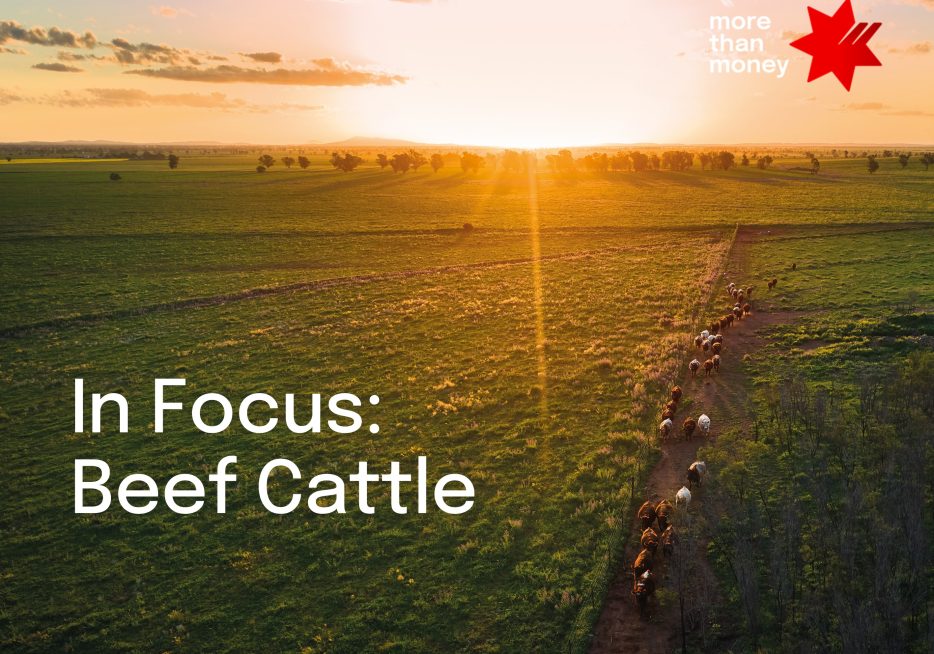There is no excerpt because this is a protected post.

Report
Australian economic commentary on a state by state basis. NSW Following a relatively sluggish year, the growth momentum in NSW appears to be lifting, with SFD increasing by 0.8 per cent in the December quarter. Importantly, NSW appears to have an investment driver with business investment lifting in the December quarter, buoyed by a solid […]

Following a relatively sluggish year, the growth momentum in NSW appears to be lifting, with SFD increasing by 0.8 per cent in the December quarter. Importantly, NSW appears to have an investment driver with business investment lifting in the December quarter, buoyed by a solid result for engineering construction and machinery & equipment investment. NSW is likely to under perform the national average in 2011‐12, although we are slightly more positive about the medium‐term outlook for this state. With the tightest housing market in the country and strong growth in real rents, we expect dwelling investment to turn around and provide a significant catalyst for growth in the NSW economy over the coming years. At the same time, NSW is benefiting from the mining boom with sizeable coal and gold deposits. This could see NSW become the strongest non‐resource state in 2012‐13.
Victoria’s claim as Australia’s best performing non‐resource state has well and truly come to an end with SFD contracting 0.5 per cent in the December quarter. The outlook does not look all that favourable either. With mining investment driving the national economy, it is difficult to find a driver for Victorian growth. Private investment is likely to be heavily weighed down by a sharp pull‐back in dwelling investment as the property market responds to lower prices. The structural adjustment to a high AUD is being felt sharply in Victoria and not only in manufacturing; services trade, once an important driver of Victorian growth, has gone into deficit. Victoria’s only hope for a decent growth rate lies with interstate trade with the mining states. However, interstate trade is extremely volatile and the balancing item grew by 22.6 per cent last year so a repeat performance might be a bit of a stretch. In short, we expect Victoria to under perform in growth terms and it could very well be the weakest mainland state in 2012‐13.
Economic conditions in Queensland have clearly lifted following the impact of the floods in early 2011. Economic activity has received a significant boost from non‐dwelling construction in recent months, most notably engineering construction, which increased 20 per cent in the December quarter. Similarly, machinery and equipment investment is now above the highs of the first phase of the mining boom. Looking ahead, Queensland is likely to regain its status as the second strongest state in the country, buoyed by the massive resources investment pipeline. However, Queensland itself is very much multi‐speed. The tourism sector continues to struggle under the weight of a high AUD while the housing market in the south‐east is still among the weakest in the country. As such, Queensland is not likely to experience the highs of WA but should clearly outperform the rest of the country over the medium term.
Signs of an investment led take off in economic activity in WA are emerging. In the December quarter, SFD was up 11 per cent on a year earlier, driven by very strong growth in engineering construction and machinery and equipment investment. Looking ahead, this growth momentum is likely to be maintained, given the size and scale of the mining investment projects under way and in the pipeline. This is likely to see WA run into some significant capacity constraints.
Partially offsetting the investment boom is an expected decline in public investment and a relatively weak housing market in Perth.
Economic activity within the SA economy appears to have stalled, with quarterly SFD broadly flat in the December quarter. With business investment stalling through the second half of 2011, growth in exports appears to have aided the economy on the back of solid agricultural output. Looking ahead, we expect business investment to drive the SA economy through 2012‐13 as large projects such as the Olympic Dam begin construction. This is likely to be partially offset by a sluggish consumer sector, ongoing government fiscal consolidation and a weak housing market.
The Tasmanian economy is the weakest in the country and is likely to remain so for some time. Tasmanian households are still very cautious, public demand is expected to pull back further and a relatively high AUD is hitting exports and overseas tourism hard. As such, we expect that economic growth in Tasmania will significantly under perform the national average over the medium term as Tasmania remains firmly planted on the wrong side of the multi‐speed economy
For further analysis download the full report.
© National Australia Bank Limited. ABN 12 004 044 937 AFSL and Australian Credit Licence 230686.